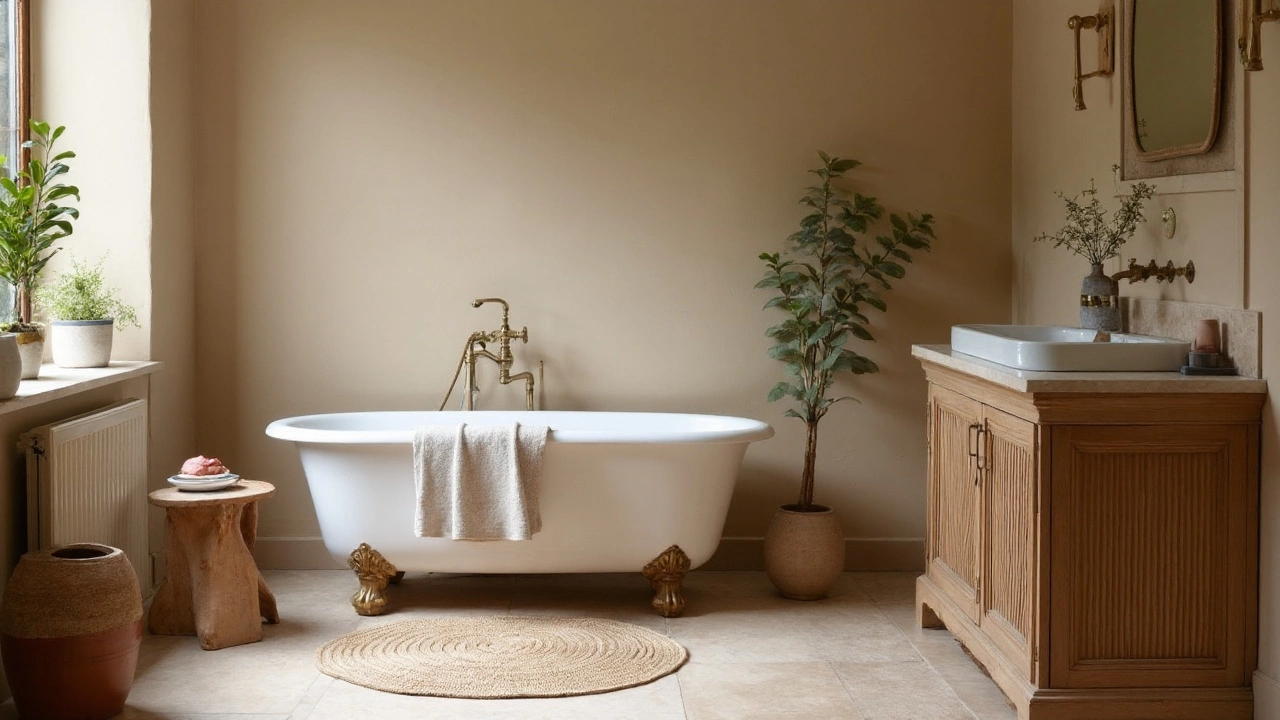Greige Tiles: The Perfect Neutral for Any Room
Greige tiles blend grey and beige into a calm, versatile colour that works in almost every space. They hide dirt better than pure white, yet stay softer than stark grey. If you’re looking for a floor that feels modern without being cold, greige is a safe bet.
Why Choose Greige Tiles?
First, greige matches a wide range of furniture. Whether you have a navy sofa, a walnut dining table, or pastel accessories, the tile acts as a quiet backdrop. Second, the tone adds depth without overwhelming the room. Light greige can make a small bathroom feel larger, while darker shades give a living room a cosy, grounded vibe. Finally, greige is forgiving on scratches and footprints, making it ideal for high‑traffic areas.
How to Style Greige Tiles in Your Home
Start by picking the right finish. Matte greige tiles hide water spots in kitchens, while a subtle gloss works well in formal entryways. Pair the floor with warm wood accents for a snug feel, or contrast it with cool metal fixtures for a contemporary edge. If you love colour, add a rug in teal, mustard or charcoal – the neutral base lets bold hues pop without clashing.
Size matters too. Large‑format greige tiles (60x60 cm or bigger) create a seamless look in open‑plan spaces, reducing the number of grout lines you have to clean. For smaller rooms, medium‑size tiles (30x30 cm) add a bit of visual texture without making the area feel cramped.
Grout colour can change the whole look. Matching grey‑tone grout keeps the floor uniform, while a lighter shade highlights each tile’s shape. If you’re DIY‑inclined, choose a grout that’s easy to work with and resistant to mould – especially for bathroom installations.
Maintenance is simple. Sweep or vacuum regularly, then mop with a pH‑neutral cleaner. Avoid harsh chemicals that can dull the finish. A quick spot clean with a soft cloth will keep stains at bay, and a yearly reseal (if your tiles are porous) maintains the original shine.
Budget‑wise, greige tiles sit in the middle of the market. Ceramic options start around £15 per square metre, while high‑end porcelain can reach £40. Factoring in labour, a typical 20 m² room will cost between £600‑£1,200 total. Compare quotes, ask for mock‑ups, and don’t forget to include the cost of underlay and edging.
When you’re ready to buy, look for tiles with a low water absorption rating for kitchens and bathrooms – it prevents moisture damage. Ask the supplier for samples; placing a few in natural light will show you how the shade shifts through the day.
Bottom line: greige tiles give you the flexibility of a neutral palette, the durability you need, and a timeless look that won’t feel dated next year. Whether you’re renovating a whole house or just refreshing a hallway, greige is a smart, stylish choice.
Latest Bathroom Color Trends 2025: Earthy Neutrals, Sage Greens, and Moody Blues
- Gavin Whitaker
- |
- |
- 0
See the 2025 bathroom color trend: earthy neutrals, sage greens, and moody blues. Get palettes, materials, metals, finishes, and real paint pairings that actually work.
View more